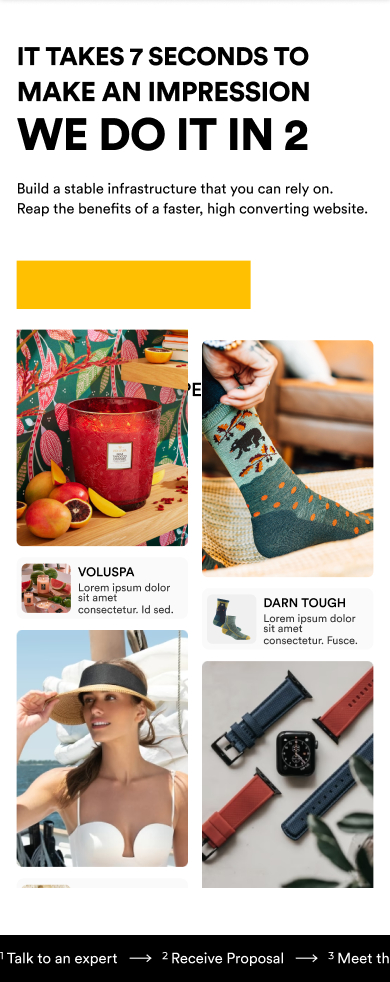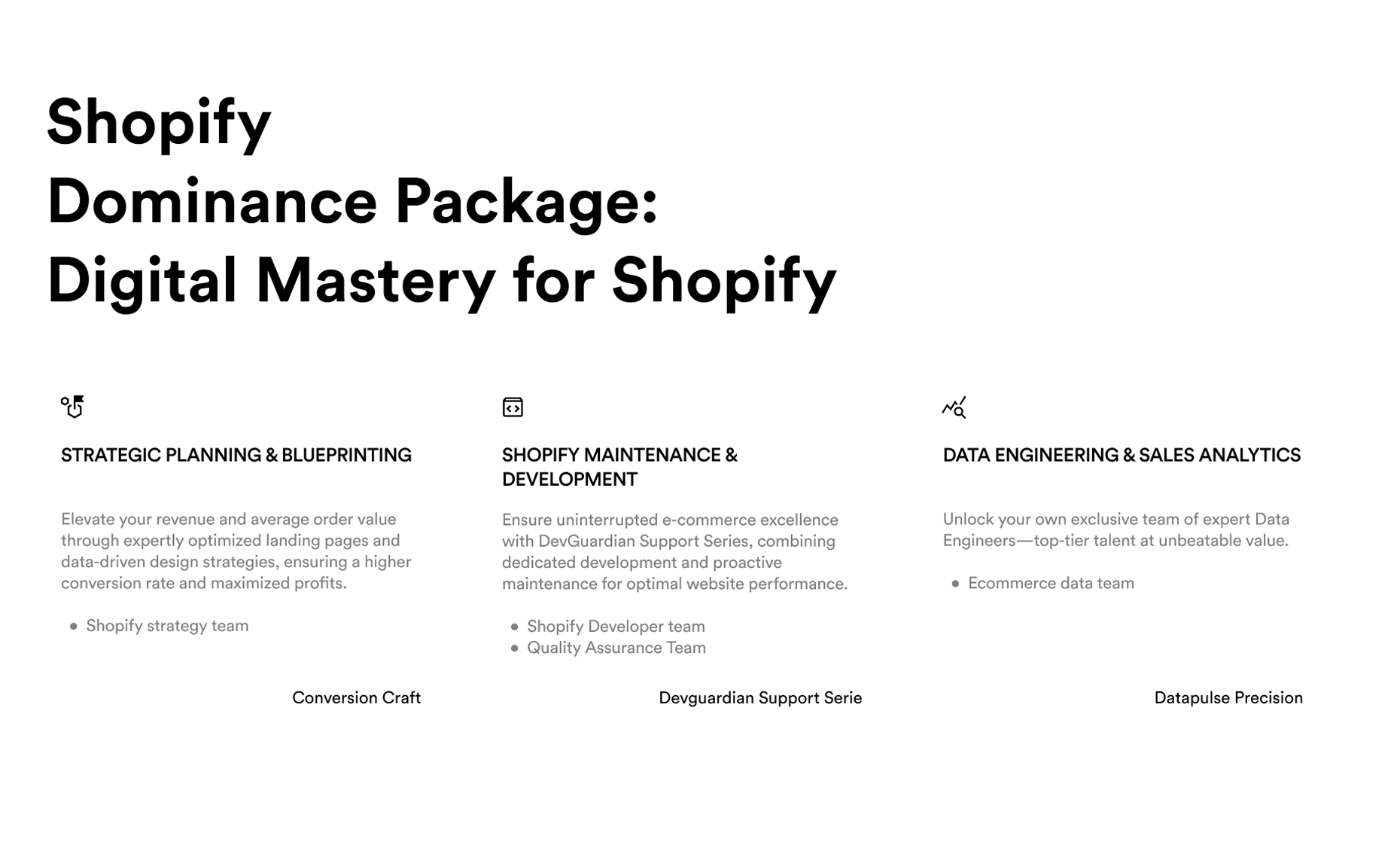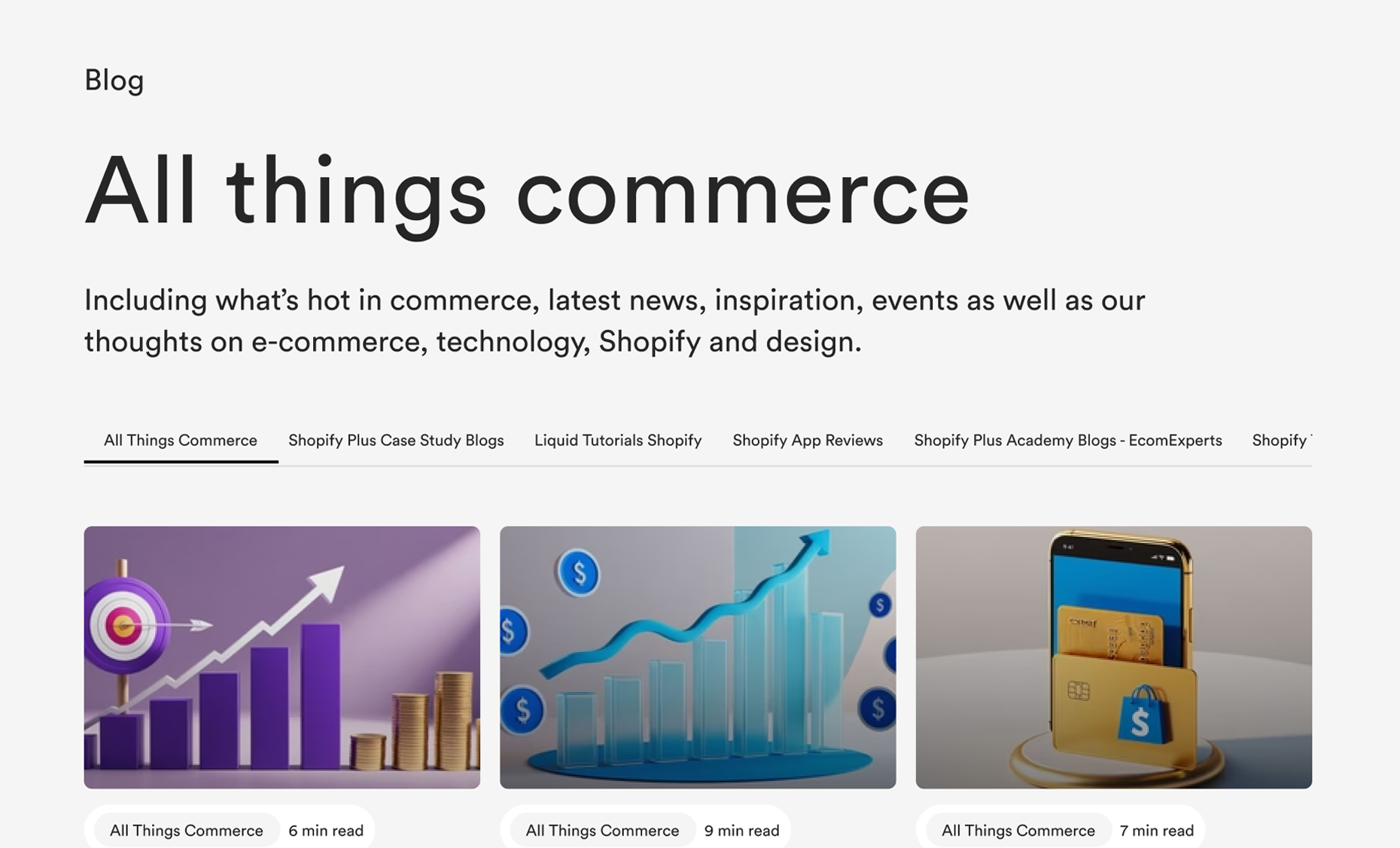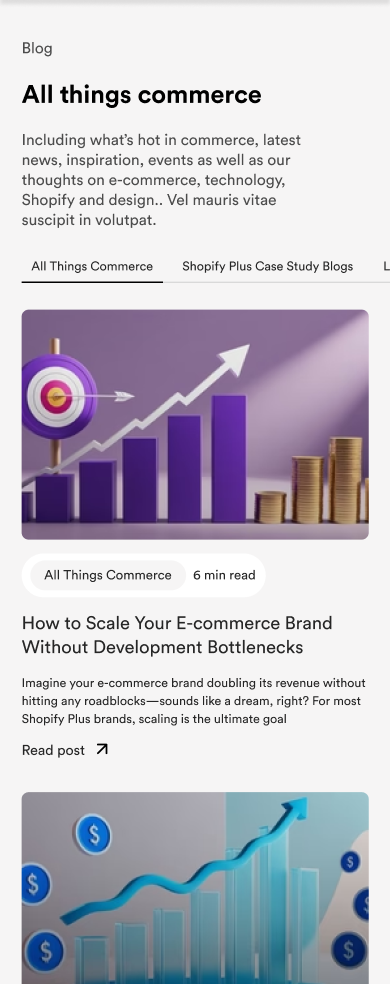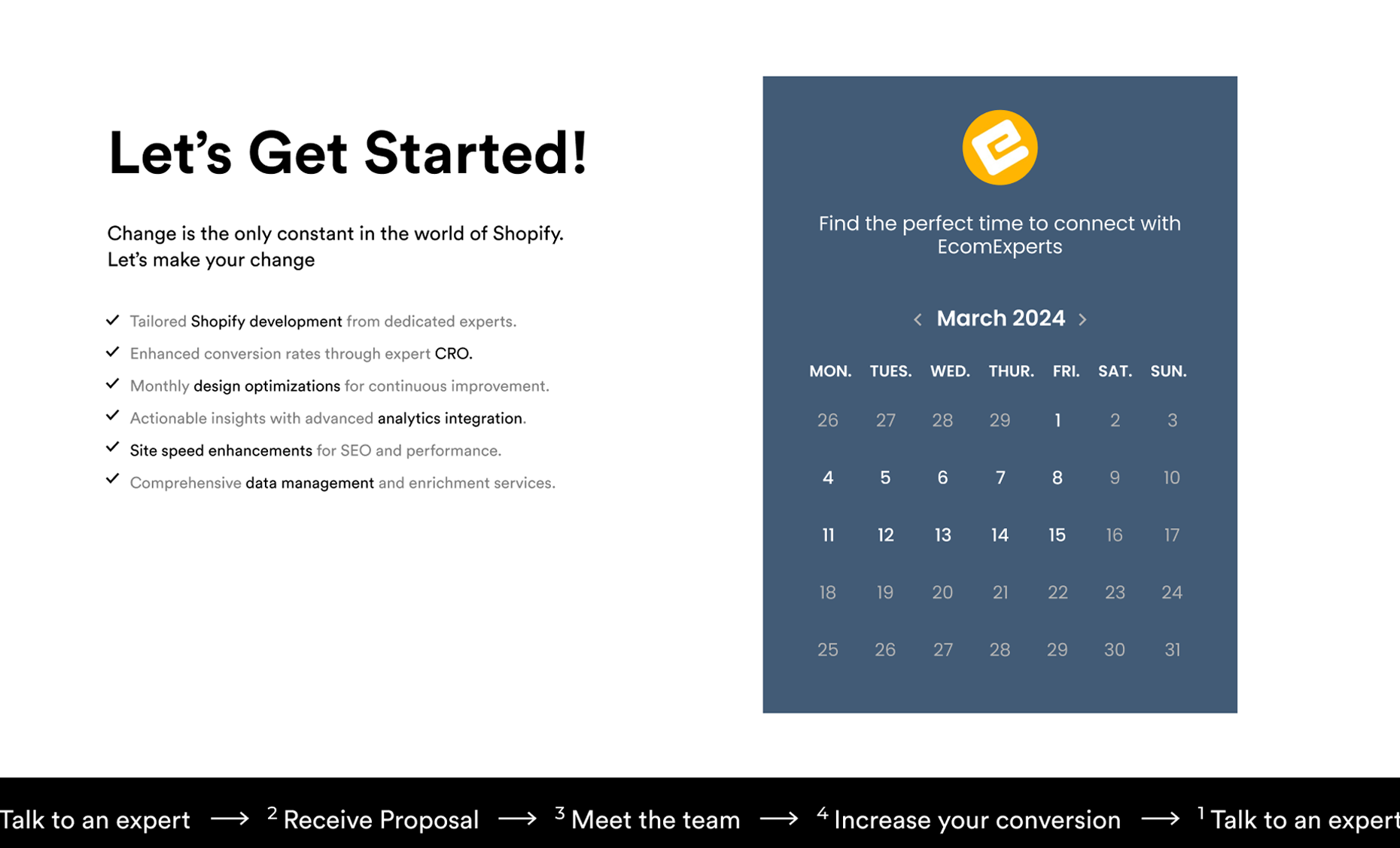
Discover how to harness the power of zero-party data on Shopify with our comprehensive guide.
In the ever-evolving world of ecommerce, data has become a valuable currency. Understanding your customers and their preferences is crucial for driving sales and building lasting relationships. One strategy that has gained significant attention in recent years is utilizing zero-party data. In this article, we will explore what zero-party data is, why it is important for ecommerce businesses, and how to implement it on the popular platform Shopify.
Understanding Zero-Party Data and Its Importance for Ecommerce
To grasp the concept of zero-party data, it's essential to understand the different types of data that businesses can collect. First-party data consists of information that customers willingly share with a brand, such as contact details or purchase history. Third-party data, on the other hand, is acquired from external sources and can provide additional insights into consumer behavior.

Zero-party data, however, takes personalization to a whole new level. It refers to the information that customers proactively share with a brand, explicitly stating their preferences, needs, and interests. This data can include anything from product preferences to communication preferences, allowing businesses to create highly targeted marketing campaigns and personalized shopping experiences.
Exploring the Benefits of Implementing Zero-Party Data Strategies
Implementing zero-party data strategies can offer numerous benefits for ecommerce businesses. Firstly, it allows you to gain a deeper understanding of your customers, enabling you to tailor your products and marketing efforts accordingly. By leveraging the data customers willingly provide, you can create highly personalized campaigns that resonate with their individual preferences.

Furthermore, zero-party data can help you build trust and strengthen your relationship with customers. When customers feel valued and listened to, they are more likely to remain loyal to your brand and make repeat purchases. By utilizing zero-party data, you can show your customers that you genuinely care about their needs and are committed to providing them with the best shopping experience possible.
Additionally, zero-party data can minimize reliance on third-party data, which can be less reliable and potentially come with privacy concerns. By collecting data directly from your customers, you can have more control over its quality and accuracy, eliminating the need for external sources that may not fully align with your business goals.
Step-by-Step Guide to Setting Up Zero-Party Data Collection on Shopify

Now that we've discussed the significance of zero-party data, let's dive into the practical steps to set up data collection on Shopify. Follow these guidelines to start leveraging the power of zero-party data for your ecommerce business:
- Step 1: Define your data collection goals - Determine what specific information you want to collect from your customers and how it will benefit your business.
- Step 2: Create customer-centric forms - Design forms that encourage customers to voluntarily provide the data you need. Make the process convenient and emphasize the value they will receive in return.
- Step 3: Use engaging opt-in mechanisms - Provide incentives for customers to opt in, such as exclusive discounts or early access to product launches.
- Step 4: Implement data management tools - Choose a reliable data management platform that integrates seamlessly with Shopify to collect, organize, and store zero-party data.
- Step 5: Ensure privacy and transparency - Clearly communicate your data collection practices, outline how the information will be used, and assure customers that their privacy is a top priority.
Leveraging Customer Insights from Zero-Party Data for Personalization
Once you've successfully collected zero-party data from your customers, it's time to put that valuable information into action. By analyzing and leveraging customer insights, you can create personalized experiences that drive engagement and increase sales.

Start by segmenting your customer base based on the data you've collected. Divide your audience into specific groups with similar preferences, interests, or needs. This segmentation allows you to tailor your marketing messages, product recommendations, and promotions to each group's unique characteristics.
For example, if a customer has explicitly expressed their interest in outdoor activities, you can send them personalized emails showcasing your latest camping gear. By tailoring your messages to their specific preferences, you increase the chances of converting them into loyal customers.
Remember, personalization extends beyond marketing campaigns. Use zero-party data to customize the entire shopping experience, from website recommendations to post-purchase follow-ups. By consistently delivering personalized experiences, you create long-term customer loyalty and breed brand advocates.
Overcoming Challenges in Implementing Zero-Party Data Strategies
As with any strategy, there are challenges that you may encounter when implementing zero-party data strategies. One of the main hurdles is ensuring customers are willing to share their data with you. Many customers are becoming more cautious about data privacy and may be reluctant to provide personal information.
To overcome this challenge, focus on building trust with your customers. Clearly communicate the value they will receive by sharing their data and provide assurances about data security and privacy. Be transparent about how you will use their information and give them control over their preferences. By establishing trust, you can increase the likelihood of customers willingly sharing their data with you.
Another challenge is managing and organizing the data effectively. As the volume of zero-party data grows, it can become overwhelming to analyze and utilize the information efficiently. Invest in data management tools that can help you organize and make sense of the data, allowing you to extract valuable insights and take informed action.
Best Practices for Utilizing Zero-Party Data to Drive Sales on Shopify
To make the most of zero-party data on Shopify, follow these best practices:
- Be transparent and obtain proper consent from customers before collecting their data.
- Regularly update your data collection forms to ensure you are gathering relevant information.
- Regularly clean and validate your data to ensure accuracy and maintain data quality.
- Regularly analyze and segment your data to create targeted marketing campaigns.
- Use automation tools to deliver personalized experiences at scale.
- Continuously measure the success of your zero-party data strategies and adjust accordingly.

Integrating Zero-Party Data with Existing Marketing Tools on Shopify
Shopify offers a variety of integrations and apps that can help you maximize the potential of zero-party data. By connecting your data management platform with other marketing tools, you can streamline your processes and enhance your overall marketing efforts.

For example, you can integrate your data management platform with email marketing tools to automatically send personalized emails based on the zero-party data you've collected. This integration allows you to deliver targeted messages to the right audience at the right time, increasing the chances of conversion.
Explore the Shopify App Store to discover the wide range of available integrations that can help you harness the power of zero-party data effectively.
Measuring the Success of Zero-Party Data Strategies in Ecommerce
To determine the effectiveness of your zero-party data strategies, it's crucial to establish key performance indicators (KPIs) and regularly monitor your progress. Some essential metrics to consider include:
- Conversion rate - Measure the percentage of website visitors who complete a desired action, such as making a purchase or signing up for a newsletter.
- Customer engagement - Monitor metrics like click-through rates, open rates, and time spent on your website to gauge how engaged your audience is.
- Customer retention - Track the number of repeat customers and their lifetime value to assess the success of your personalized experiences.
By regularly evaluating these metrics, you can identify areas for improvement and make data-driven changes to optimize your zero-party data strategies.
Future Trends and Innovations in Zero-Party Data Strategies for Ecommerce

As technology continues to advance, the future of zero-party data in ecommerce looks promising. Here are a few trends and innovations to keep an eye on:
- Voice-activated data collection - With the rise of smart assistants and voice search, brands will explore new ways to collect zero-party data through voice interactions.
- Augmented reality experiences - Brands will utilize zero-party data to create immersive augmented reality experiences, allowing customers to virtually try products before making a purchase.
- Blockchain-powered data security - Blockchain technology can provide enhanced data security and transparency, ensuring customers feel safe sharing their information.
As these trends emerge and evolve, businesses that embrace zero-party data strategies will have a competitive edge in the ever-evolving ecommerce landscape.
Conclusion
Implementing zero-party data strategies on Shopify can revolutionize your ecommerce business by providing valuable customer insights and enabling highly personalized experiences. By understanding the importance of zero-party data and following best practices, you can create targeted marketing campaigns and build long-lasting relationships with your customers. Keep an eye on future trends and innovations to stay ahead of the curve and continue delivering exceptional personalized experiences.



